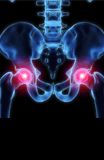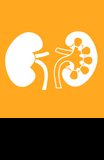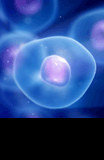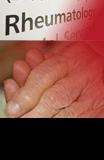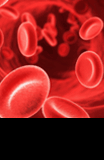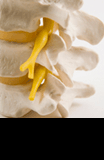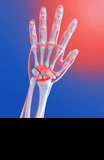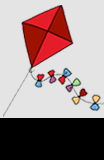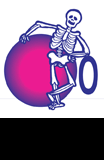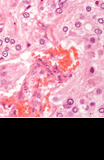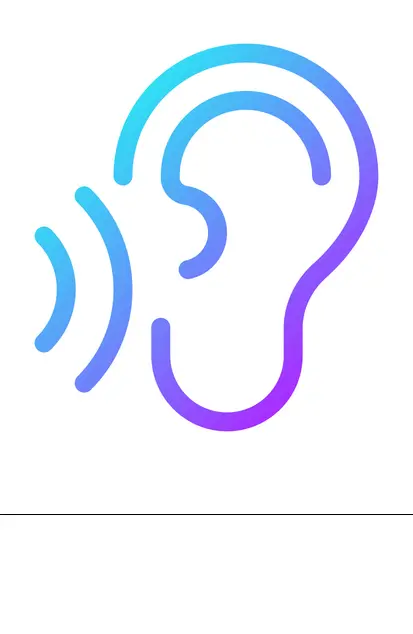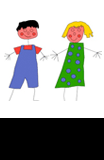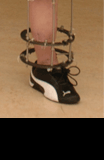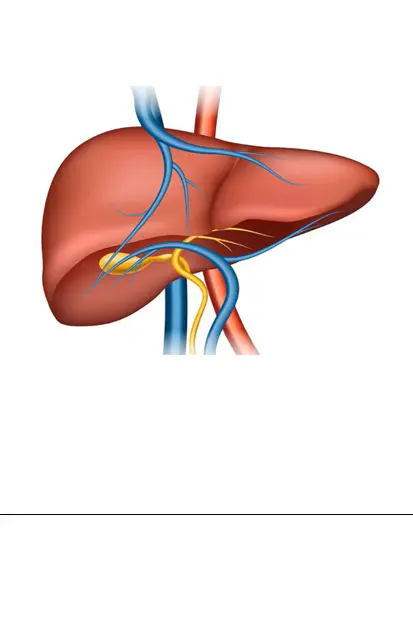Study highlights effectiveness of neuromodulatory therapy on severe epileptic focal seizures
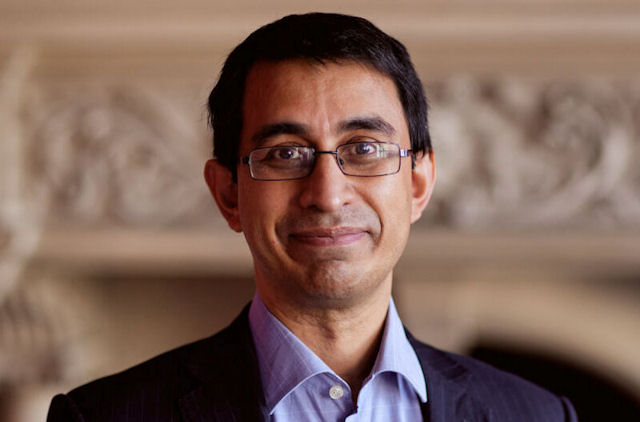
A long-term clinical study has confirmed the effectiveness of a neuromodulatory treatment for severe focal seizures in both children and adults with drug-resistant epilepsy (DRE) and demonstrated the therapy's lasting impact.
The CORE-VNS study evaluated the outcomes of more than 800 people with epilepsy around the world who had been treated with Vagal Nerve Stimulation (VNS) Therapy, produced by the US medical technology company LivaNova.
VNS Therapy involves intermittently stimulating the vagus nerve to better regulate brain activity and reduce seizures in people with DRE. It is the most widely utilised form of neuromodulatory therapy for epilepsy in the United Kingdom.
CORE-VNS is the largest prospective study of VNS Therapy ever conducted worldwide.
Overall, Oxford University Hospitals (OUH) was the largest recruiter to the three-year study, which was led by Arjune Sen, Professor of Global Epilepsy at the University of Oxford and Consultant Neurologist at OUH.
Professor Sen said: "It is critically important to conduct long-term, real-world studies like CORE-VNS, and it is pleasing to see these clinically meaningful and durable results demonstrating the effectiveness of VNS Therapy for people living with drug-resistant epilepsy."
The CORE-VNS 36-month data analysis confirmed the effectiveness of VNS Therapy, in paediatric and adult patients, expanding on LivaNova's earlier presentation of interim data evaluating the effectiveness of the treatment in children with focal onset seizures in December 2024.
A focal seizure is when an epileptic seizure starts in one part of the brain. When this is accompanied by confusion or a change in the person's level of awareness, it is called a focal impaired awareness seizure.
In the CORE-VNS study, a large proportion of patients of all ages said that focal onset seizures with impaired awareness (FIA) were their most disabling seizure type.
Among the impacts of VNS Therapy highlighted by the study data were the following.
- In children aged four to 18 years old, FIA motor seizures were reduced by a median of 87 percent at 36 months.
- Including adults, 34 percent of people with FIA motor seizures reported 100 percent seizure reduction (freedom from these seizures over the three months prior to their three-year study visit), with an overall median reduction of 80 percent.
- In children aged four to 18 years old, focal to bilateral tonic-clonic (FBTC) seizures fell by a median of 100 percent at 36 months.
- The effectiveness of VNS Therapy was noted as early as three months after implantation, followed by further substantial reductions in both FIA and FBTC seizures at the subsequent study visits.
- Unlike many long-term follow-up studies on drug-resistant epilepsy, CORE-VNS had a high patient retention rate throughout the three years of follow-up (82 percent).
The full study results will be published later in 2025.
Kathryn Nichol, LivaNova's Vice President of Global Medical Affairs, said: "LivaNova is deeply committed to advancing epilepsy research and in every study of VNS Therapy to date, we continue to see that effectiveness can be achieved early and continue to improve month by month and visit by visit. This remained true over the course of three years in CORE-VNS.
"Further, CORE-VNS confirms that VNS Therapy is effective for the most severe focal seizures in paediatric and adult patients. Not all seizures are created equal - this is why evaluating severe focal seizures that may have a larger impact on quality of life and outcomes in people with drug-resistant epilepsy is so important."
Stephanie Bolton, LivaNova President, Global Epilepsy, added: "The strong outcomes from the CORE-VNS study bolster our efforts to narrow the DRE treatment gap, increase access to care, and drive awareness of surgical therapies for this significantly under-addressed patient population."
Pictured: Professor Arjune Sen




